VIEW A DIAMOND IN DIFFERENT LIGHTING BEFORE YOU BUY IT
SHOPPING LOCALLY? VIEW THE DIAMOND UNDER DIFFERENT LIGHTS TO TRULY SEE THE SPARKLE AND FLAWS!
This post contains affiliate links. If you use these links to buy something I may earn a commission. Thanks! As an Amazon Associate I also earn from qualifying purchases.
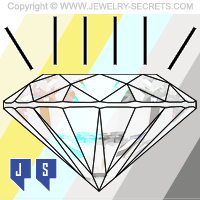
This is a tactic that only works if you are shopping for a diamond in person. Where you can see it, view it, and really rotate the diamond before purchasing to inspect it from all angles and lighting (if possible). The reasons for this scrutiny is essential. So let’s dive in and understand the grounds…
1. Color assessment:
Diamonds can exhibit different color tones or undertones depending on the lighting environment. Viewing a diamond under different lighting conditions, such as natural daylight (the best), fluorescent light, or incandescent light, allows you to assess its true color. Certain lighting conditions can enhance or mask color variations in a diamond, making it crucial to evaluate its appearance in multiple settings.
2. Color grading accuracy:
Diamond color grading is typically conducted under controlled laboratory conditions, using standardized lighting, and often with diamond color grading kits like these on Amazon. However, the lighting conditions you encounter in daily life may differ from those used by grading laboratories. By examining a diamond in various lighting environments, you can verify if the diamond’s color grade matches your preferences or expectations.
3. Sparkle and brilliance:
Lighting greatly influences a diamond’s sparkle and brilliance. Different lighting can enhance or diminish a diamond’s ability to reflect and refract light, affecting its overall visual appeal. By scrutinizing a diamond under various lighting conditions, brighter, or darker, you can determine how it performs in terms of fire, scintillation, and brightness.
4. Flaws and inclusions:
Lighting variations can also impact the visibility of flaws and inclusions within a diamond. Some lighting conditions may make inclusions more apparent, while others can mask them to some extent. Examining a diamond under different lighting angles and intensities helps you identify any flaws or inclusions that might affect the stone’s clarity and overall beauty. The more sparkle the crown facets exhibit, the more likely they are to hide those imperfections.
5. Transparency and luster:
Lighting conditions can reveal a diamond’s transparency and luster. Adequate light can showcase a diamond’s internal characteristics and external surface, allowing you to evaluate its overall quality. By inspecting a diamond in different lighting, you can ensure that it possesses the desired transparency and exhibits a captivating luster.
6. Overall aesthetics:
Diamonds have a unique ability to adapt to their surroundings and take on the characteristics of the light that surrounds them. Assessing a diamond in various lighting conditions enables you to perceive its appearance across different scenarios, ensuring that it consistently exhibits the desired visual appeal. Because if a diamond doesn’t look good in the parking lot, versus a bright overly-lit showroom, then why bother?
So you see, viewing a diamond in different lighting conditions before purchase is crucial to accurately assess its color, sparkle, flaws, transparency, and overall aesthetics. Ask the salesperson if you can walk around the store and view the diamond in different lighting, and many will even walk outside with you so you can see it in natural light… Especially if you’re dealing with independent jewelers.
Doing so ensures that you make an informed decision and select a diamond that meets your specific requirements and preferences. And of course, the sparkle in your eye.
Cheers! :)


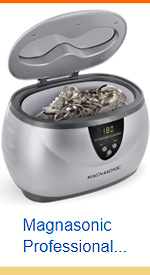

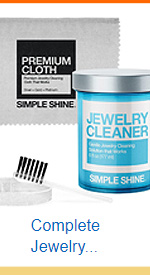
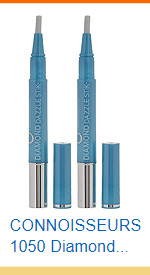
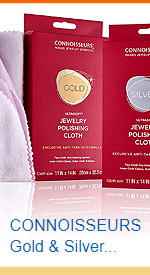
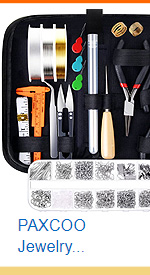
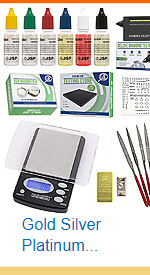
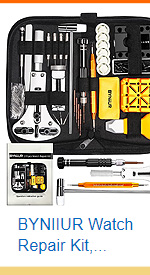
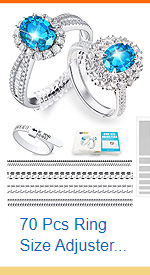
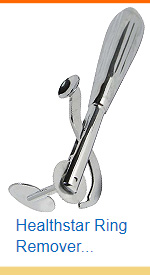
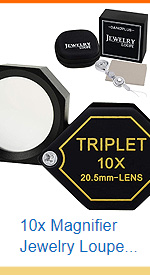
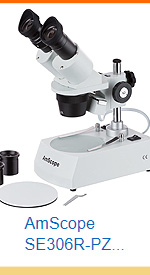




Leave a comment